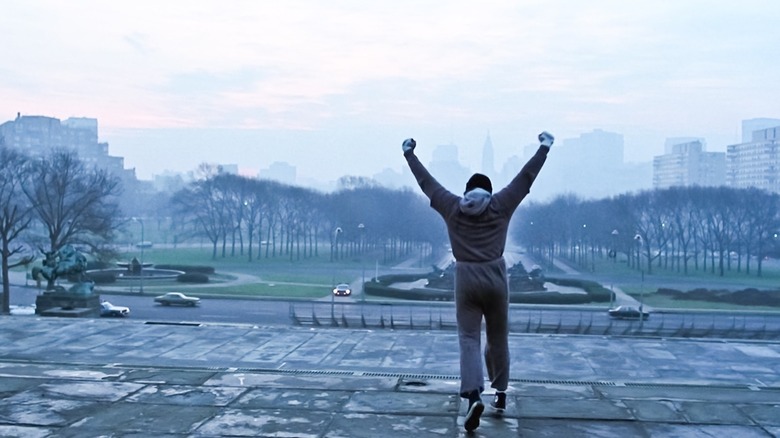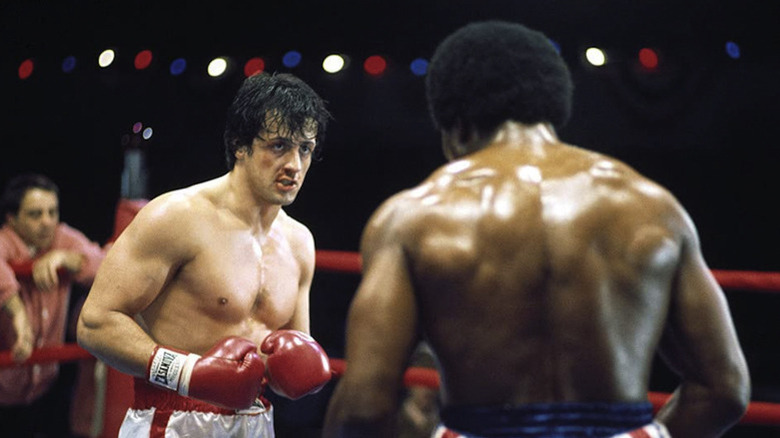
John G. Avildsen's "Rocky" was a suitably scrappy production. Much like its palooka protagonist, it came out of the corner as an underdog. It was modestly budgeted enough to potentially turn a profit (thanks in part to the non-union New York City crew the director snuck into Philadelphia), but no one viewed the boxing flick, written by a nobody named Sylvester Stallone, as anything more than a programmer. Best case, it would ride the wave of excitement generated by the decade's heavyweight titans (e.g. Muhammad Ali, Joe Frazier, and George Foreman), and establish its screenwriter as a B-level star.
No one saw "Rocky" becoming the highest-grossing movie of 1976 while winning that year's Academy Award for Best Picture.
Movies are far more calculated ventures nowadays. Most prestige films are every bit as formulaic as your garden-variety superhero flick. There's a tried-and-true template for every genre, which means innovation, especially on a technical level, is best left to proven A-list directors. This wasn't always the case. While "Rocky" may look like a quaint exercise today, the climactic fight between Rocky Balboa and Apollo Creed (Carl Weathers) had moviegoers hanging onto every punch due to a now-essential bit of hardware no one had used in a feature film before.
Utilizing A Camera That Could Run The Steps With Rocky

In 1974, inventor Garrett Brown shot a demo reel in and around Philadelphia with a newfangled gizmo called the Steadicam. For the final shot of the test run, he strapped on his contraption and followed his girlfriend up and down the steps of the Philadelphia Museum of Art. One year later, in a wild stroke of kismet, Avildsen found himself trying to pull off a triumphal moment wherein his nobody hero completes his training for an unlikely shot at the heavyweight boxing title by surmounting those very steps.
Avildsen was obviously blown away when he saw Brown's footage. As he said in the documentary short "Garrett Brown: The Walk of Life":
"I'm looking at this reel of his, and there's his girlfriend running on the steps. And I said, 'Aha! That's how I'm going to do that.' The contribution that Garrett's Steadicam made to the movie is immeasurable."
Avildsen was an enthusiastic early adopter of the Steadicam. He brought the rig into the boxing ring with Stallone and Weathers, giving viewers a fluid, up-close sense of what it's like to endure a harrowing 15-round fight. A lot of elements had to click for "Rocky" to become the cherished classic that it is today, but the film's two most iconic moments might not have dazzled viewers in quite the same way without the Steadicam.
Brown's invention quickly became a must-have for filmmakers regardless of genre, and also found its way into live sporting events. His pioneering efforts earned him a technical Oscar in 1978. He's had an amazing run, but he does harbor one regret. "They offered me points in ["Rocky]," he said. "But I was too smart, and I said, 'Oh no, I want my crappy salary; I don't want points.' That cost me a lot of money."
Read this next: Butkus To Punchy: Ranking All 8 'Rocky' Movies From Worst To Best
The post Rocky Was A 'Pivotal Moment' In The Evolution Of Filmmaking Tech appeared first on /Film.
0 Comments